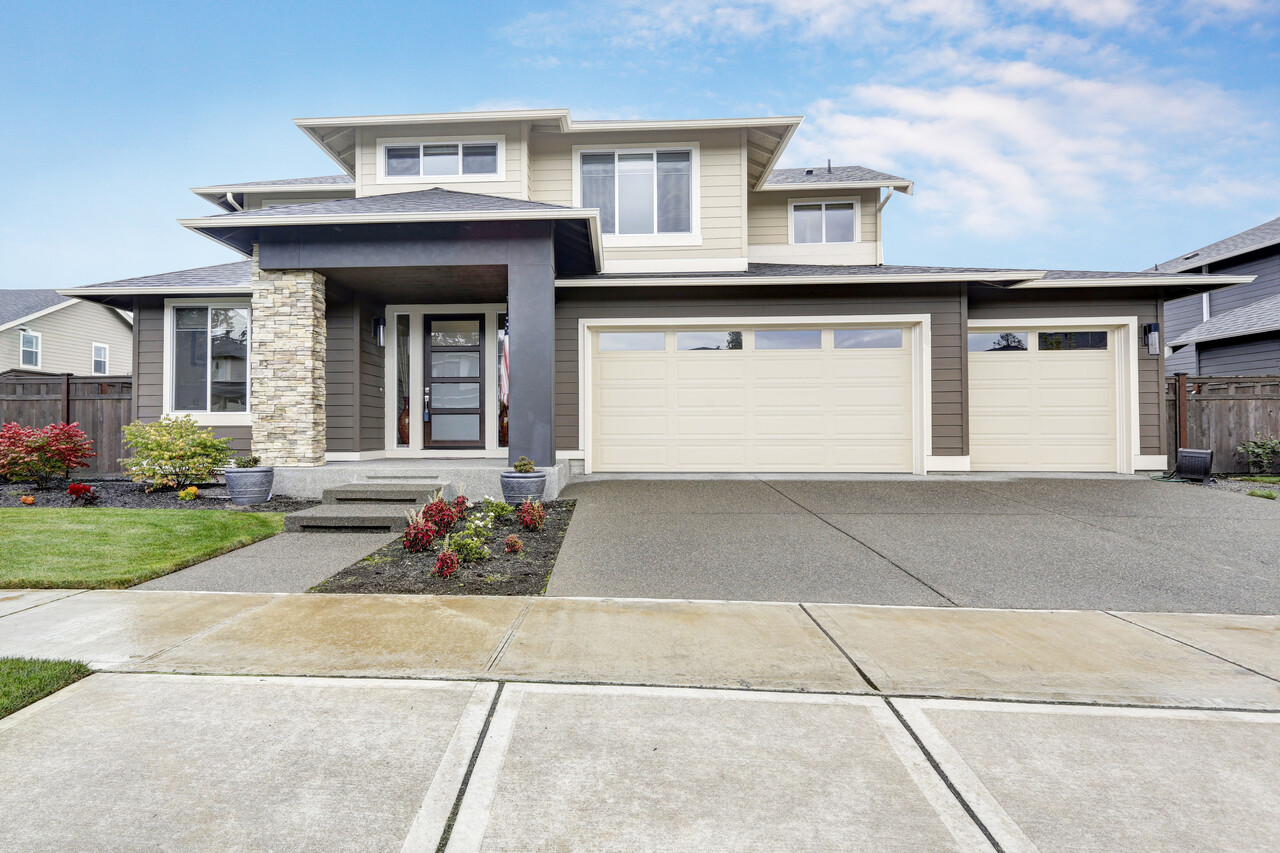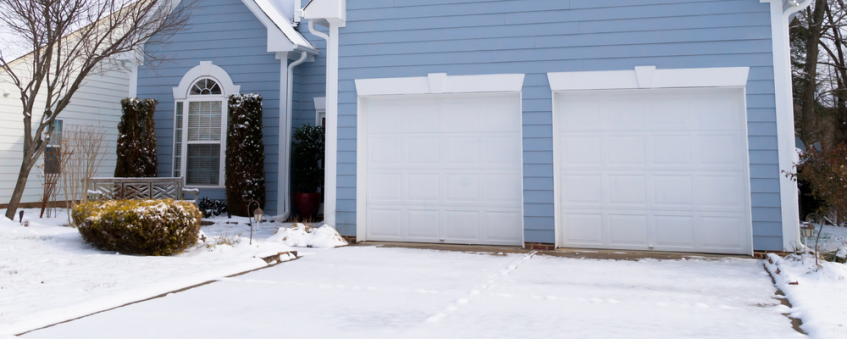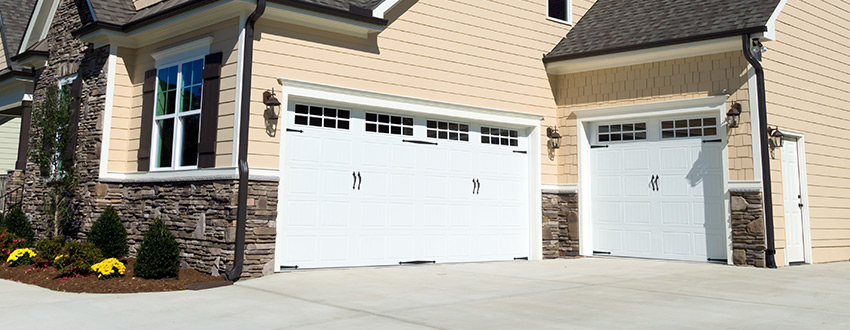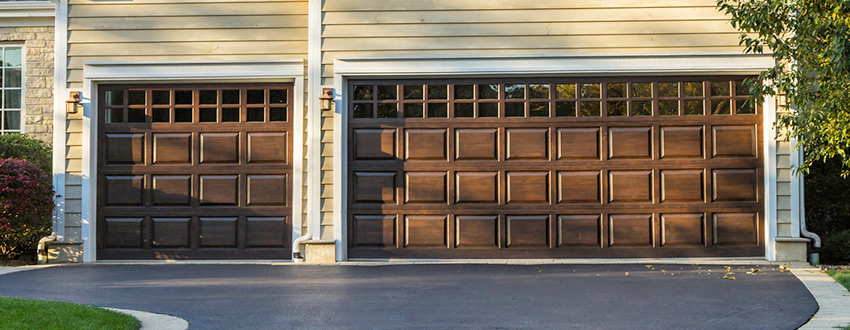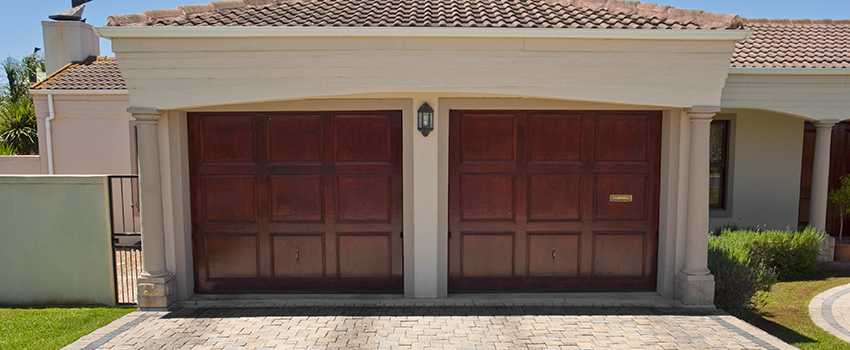When your garage door starts sticking, squeaking, or slowing down, it’s not just annoying; it’s a sign that one of the hardest-working systems in ...
Ways To Winterize Your Garage Door
...
How to Choose the Right Insulated Garage Door for Your Business
If you manage a commercial space, you’ve got a lot on your plate—keeping tenants comfortable, energy costs in check, and operations running smooth...
How Smart is Your Garage Door?
In the digital-driven era of the 21st century, it should be no surprise that smart home technologies have made huge advances in recent years, providin...
Why Fall Garage Door Maintenance Matters
When summer begins to wane, most people enter a state of denial, hanging on to whatever might remain of the long days, warm temperatures, and outdoor ...
Choose the Right Garage Door Style to Match Your Home
With dozens of home styles currently on the market, why shouldn’t you select a garage door that’s as unique as your home? Whether you’re remodel...
Top Tech Gadgets for the Garage
Innovative technology has given homeowners new ways to manage their appliances, thermostats and lighting systems. There’s even a smart oven on the m...

